1. Electric Can Opener
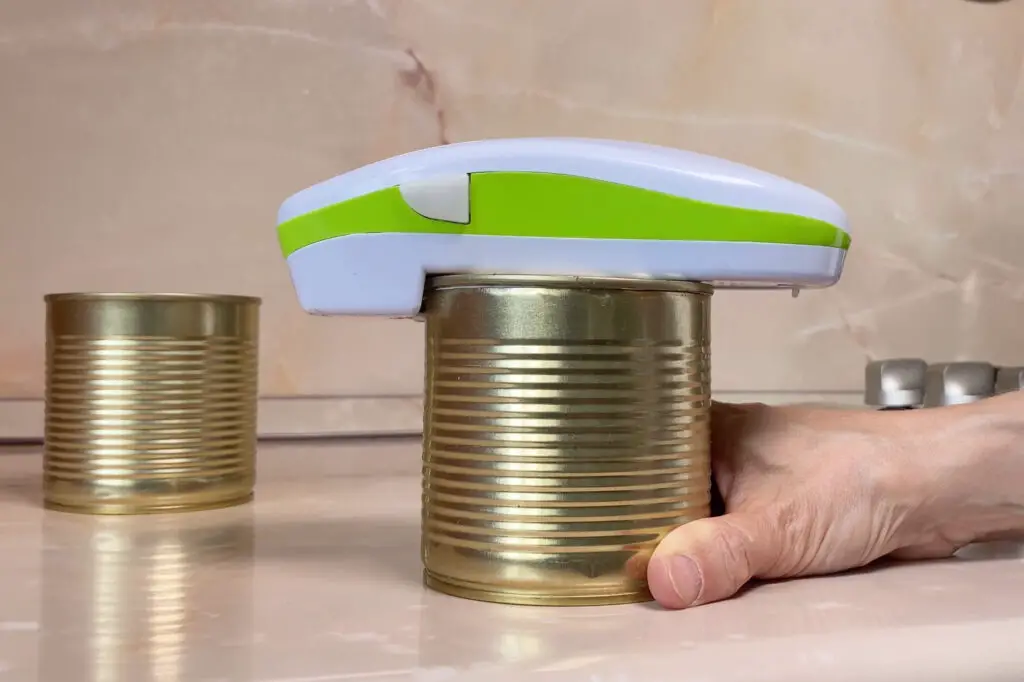
Once considered the ultimate convenience, the electric can opener seemed like the future of kitchen gadgets. Its promise was simple: a smooth, effortless opening of cans with just the press of a button. In theory, it should have made cooking quicker and easier, especially for those with arthritis or limited hand strength. However, the reality was often a bit different. These can openers were bulky, took up valuable counter space, and rarely worked as smoothly as advertised. Many models were prone to jamming or malfunctioning, leading to frustration instead of convenience. They also required constant maintenance, making them more of a hassle than a help. In the end, many people found that the manual can opener did the job just fine, and the electric version ended up gathering dust.
Despite its initial allure, the electric can opener became one of those gadgets that people realized they could live without. It became more of a burden than a time-saver, especially when its complicated mechanics often slowed things down instead of speeding them up. Now, a simple twist of a manual can opener is all it takes for most people, proving that sometimes, the old ways are still the best.
2. Salad Spinner
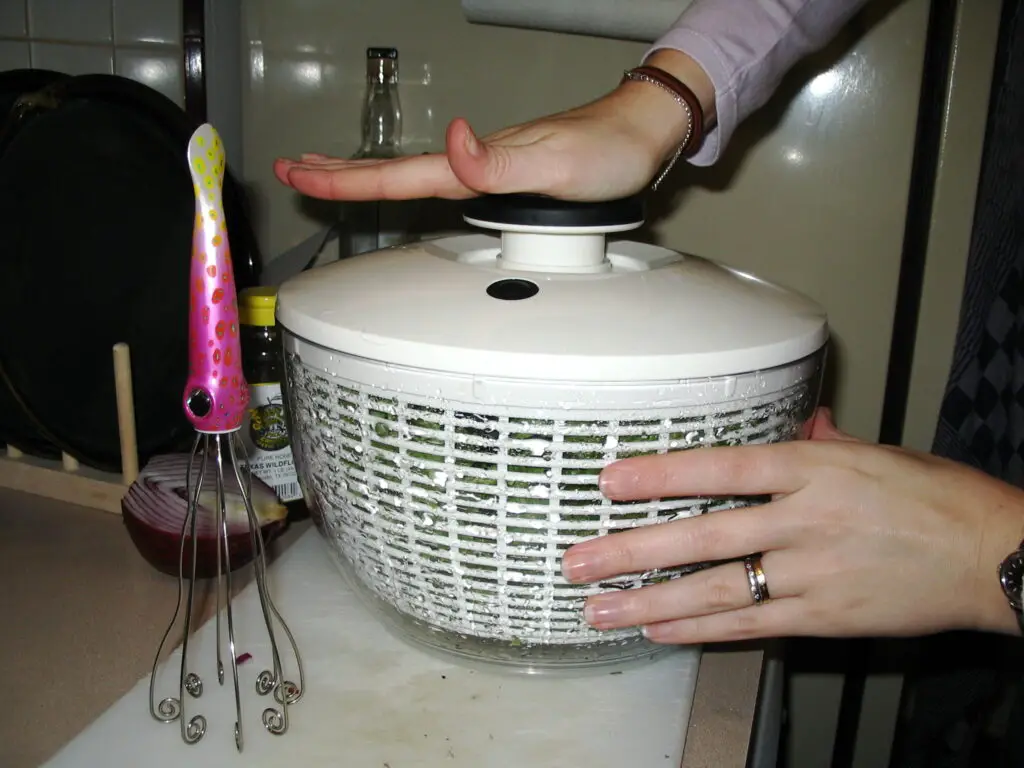
Salad spinners were all the rage in the ’80s and ’90s, offering a quick and easy way to wash and dry lettuce and other greens. They promised to cut down on the time it took to prepare a fresh salad, but they often made more of a mess than they were worth. The process involved placing your greens in the bowl, spinning them around, and then dealing with the excess water that splashed everywhere. If you were unlucky, you might even have to clean up a salad explosion when the spinner’s lid flew off. While the spinner worked well for drying greens, it was more of an ordeal to clean the spinner itself afterward, especially when the lettuce bits got stuck in the mechanism.
On top of all this, salad spinners were bulky and took up precious cabinet space, only to be used once in a while. Over time, people started to realize that a simple towel or even a quick rinse in a colander could get the job done just as effectively, without the extra mess and hassle. The salad spinner, once a must-have, ended up being relegated to the back of many kitchen cabinets.
3. Breadmaker
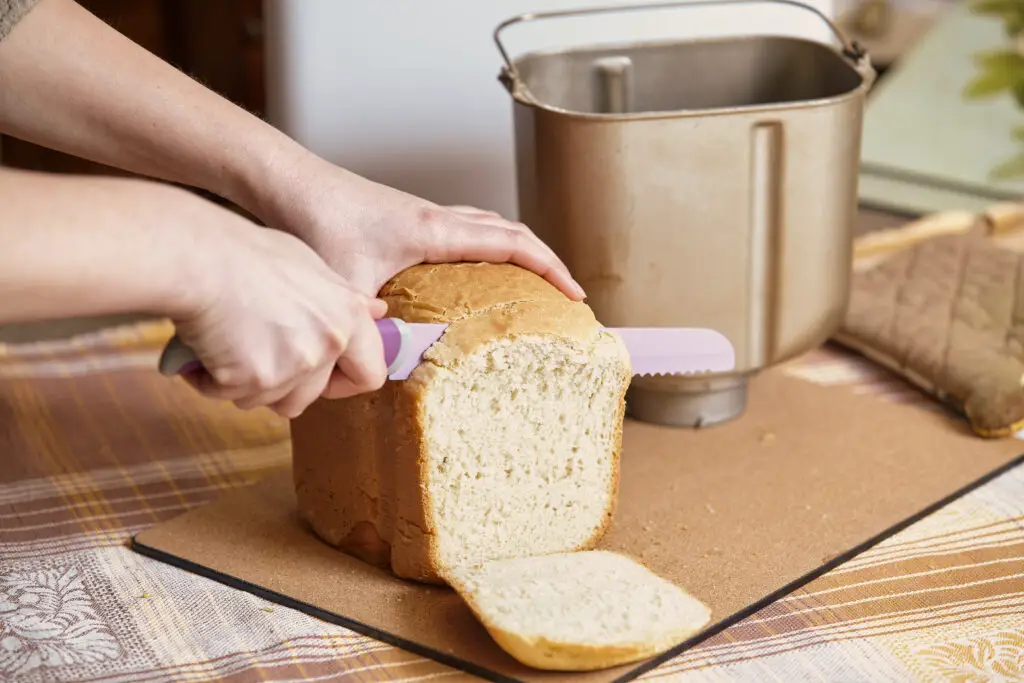
The breadmaker had its heyday in the ’90s, promising fresh, homemade bread with minimal effort. You could simply throw in your ingredients, press a button, and let the machine do all the work. It seemed like the perfect solution for those who wanted the joy of freshly baked bread without the time-consuming kneading process. Unfortunately, the bread it produced wasn’t always what you’d expect. Many people found that the texture was off, with dense, uneven loaves that didn’t quite match up to what you’d get from a bakery. The machine was also finicky, often requiring careful measurements and specific types of flour, which made it less convenient than it seemed at first.
Moreover, these bulky machines took up a significant amount of counter space, often going unused after a few attempts. With the rise of artisan bread baking and the availability of high-quality pre-made bread at the store, the breadmaker quickly fell out of favor. What was once a symbol of convenience ended up becoming another gadget that made bread-making feel like a chore.
4. Pineapple Corer
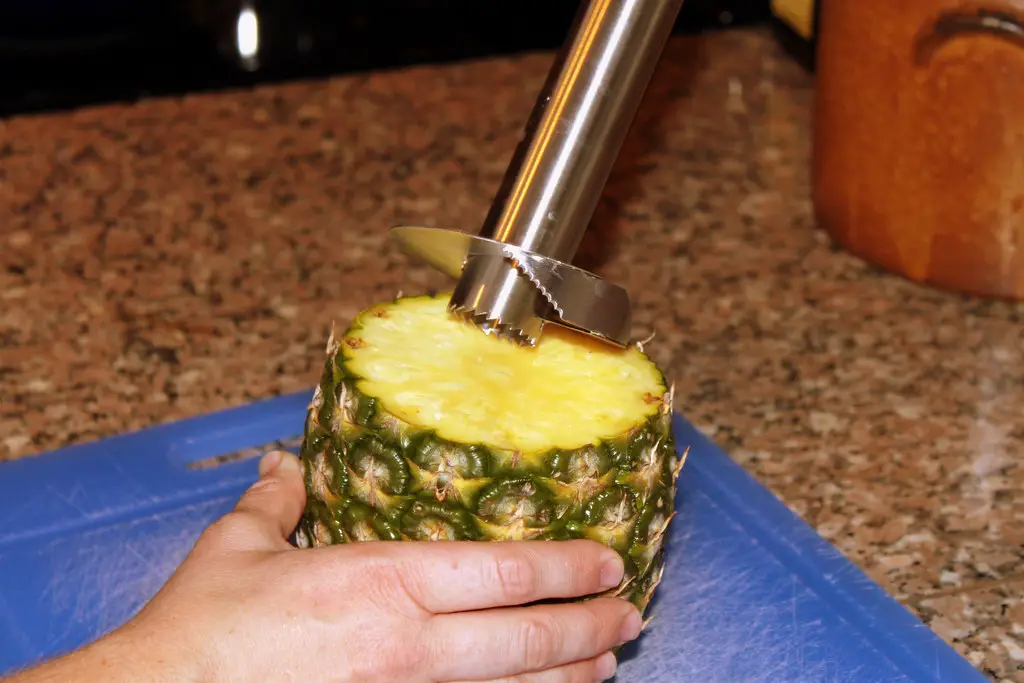
The pineapple corer was a kitchen tool designed to remove the tough center from a pineapple with minimal effort, but it often did more harm than good. On paper, it seemed like a brilliant solution to the tricky task of cutting a pineapple. You simply twist the corer into the fruit and pull out the core. However, the reality was that the corer often left behind a lot of wasted fruit or failed to cleanly extract the core. It also took more time to align the corer correctly than it would have taken to just cut the pineapple by hand.
In addition, these corers were often hard to clean, with sticky pineapple residue getting stuck in the blades. The corer’s bulky design also meant it wasn’t easy to store, and many people found it easier to simply use a knife. As a result, the pineapple corer became one of those gadgets that many tossed aside after only a few uses, realizing that the effort to use it often outweighed the convenience.
5. Electric Griddle
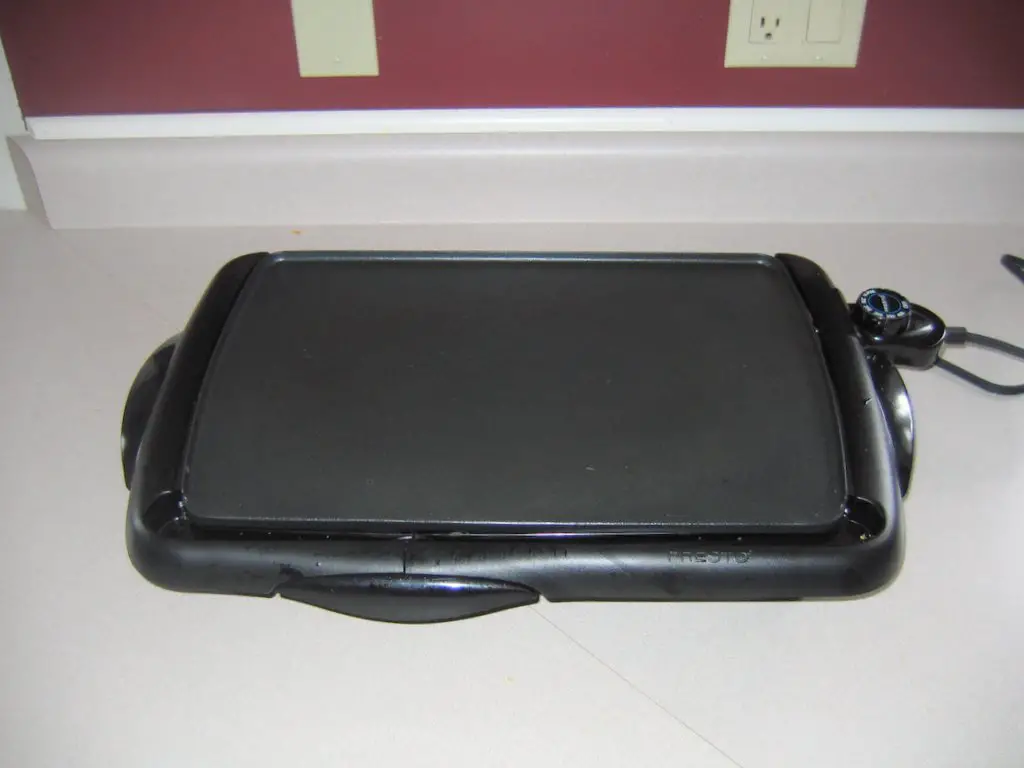
Electric griddles seemed like the ultimate solution for cooking multiple pancakes, eggs, and bacon at once, without the hassle of flipping them in a pan. They promised the convenience of a large, flat cooking surface that could cook breakfast for a crowd. However, the reality was far from perfect. These griddles took forever to heat up, and once they did, it was hard to regulate the temperature evenly. The result? Overcooked edges with raw centers or burnt food that couldn’t be salvaged. The griddle’s nonstick surface also wore out quickly, leading to uneven cooking and a greasy mess.
What’s worse, these electric griddles were bulky and hard to store, requiring ample counter space. People soon realized that using a regular frying pan or skillet was just as effective and far less of a hassle. The once-popular electric griddle ended up collecting dust in cabinets, a casualty of its impractical design and underwhelming performance.
6. Popcorn Maker

The countertop popcorn maker promised a perfect bowl of popcorn in minutes, but it often ended in frustration. These machines came in various designs, from the traditional hot-air poppers to the more elaborate oil-based models. While they were supposed to create a mess-free snack, the reality was quite the opposite. Hot-air poppers would leave half the kernels unpopped, while oil-based models would spill greasy popcorn everywhere, leading to a sticky cleanup. The machines were also often loud, and many took up valuable counter space for something that wasn’t much faster or better than stovetop popcorn.
Over time, people realized that popping popcorn in a pot with a little oil or using a microwave was just as easy, with fewer problems. The popcorn maker became an example of a gadget that seemed to promise convenience but ultimately made the simple task of popcorn-making more complicated than it needed to be.
